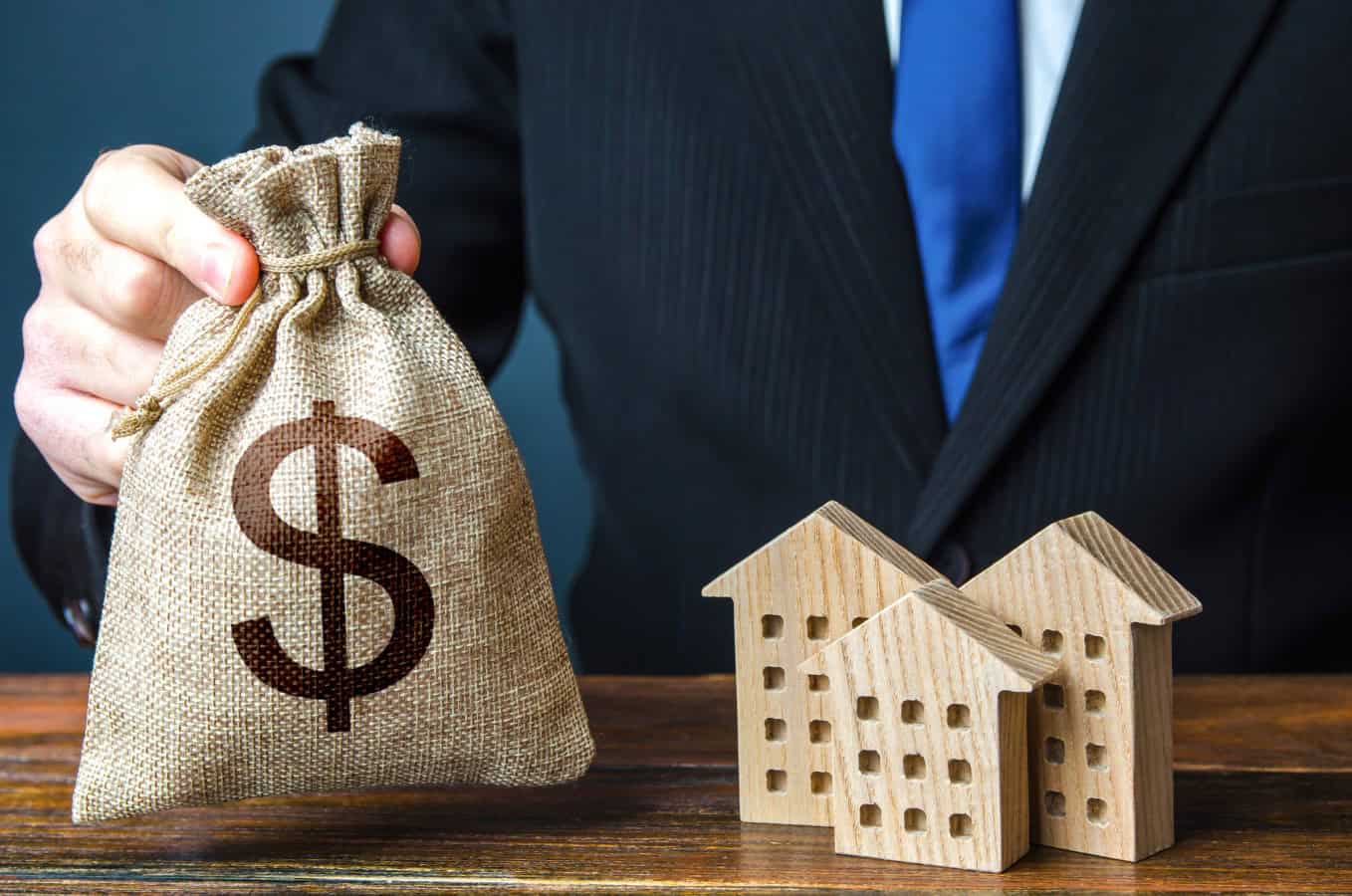New Mortgage Rule Lets Renters Use Payments To Qualify For A Home. Trump-Appointed Housing Chief Says It Could ‘Unlock The American Dream’ – Financial Freedom Countdown
A major shift in mortgage lending just arrived; and it could open the door to homeownership for millions of Americans. Under a new order from Federal Housing Finance Agency Director Bill Pulte, rent payments will now help Americans qualify for a mortgage.
It’s a populist policy change aimed at rewarding financial discipline, restoring fairness to the credit system, and expanding access to the American Dream.
Pulte Moves Fast to Reform the System

Bill Pulte, a vocal Trump supporter and the new head of the nation’s top housing regulator, announced that Americans’ rent history will now count toward their credit evaluation when applying for a mortgage.
It’s part of a sweeping effort to fix a system many see as rigged against everyday Americans.
‘Forgotten Americans’ Finally Get a Break

For decades, responsible renters who paid on time were shut out of mortgage opportunities simply because they didn’t use credit cards or take out loans.
Now, under Pulte’s leadership, the Federal Housing Finance Agency is giving those Americans a shot at building equity and long-term wealth.
Why This Could Be a Game-Changer for First-Time Buyers

Experts say this reform could especially help first-time buyers and people with “thin” credit files; those who’ve avoided debt but still pay bills consistently.
Realtor.com economist Joel Berner said it removes one of the biggest barriers for renters looking to buy.
Trump-Era Thinking: Common Sense Over Bureaucracy

This move reflects a broader Trump-style philosophy: reward responsible behavior and eliminate outdated red tape.
Unlike past administrations that leaned on centralized credit algorithms, Pulte’s approach considers real-life factors like paying rent, phone bills and utilities.
“The market for credit scores has long been dominated by one company’s algorithm: the Fair Isaac Corporation, which sells the FICO score,” former CFPB Chairman Rohit Chopra said in a speech last year. “Mortgage lenders have shared that costs for credit reports and scores have increased, sometimes by 400% since 2022.”
Cryptocurrency, Too? New Credit Variables on the Table

In another bold step, the housing agency has instructed mortgage giants Fannie Mae and Freddie Mac to prepare to accept cryptocurrency as an asset in risk assessments.
It’s part of a wider push to modernize the mortgage market and give more Americans a fair shot.
Boosting the Housing Market Without Raising Rates

By expanding the pool of creditworthy buyers, this change could inject fresh energy into the sluggish housing market—without requiring interest rate cuts or federal subsidies.
It’s a market-friendly reform that empowers buyers, not bureaucrats.
Building Equity and Generational Wealth

As rent prices rise and affordability shrinks, this reform gives renters a real chance to transition into ownership and start building generational wealth.
It’s a crucial shift in a country where home equity remains the #1 source of middle-class net worth.
Like Financial Freedom Countdown content? Be sure to follow us!
SECURE Act 2.0 and Its Impact on Your Retirement Savings: What You Need to Know

Three years post the transformative SECURE Act, its successor, SECURE Act 2.0, extends access to retirement savings and proposes new rules on accessing your funds.
SECURE Act 2.0 and Its Impact on Your Retirement Savings: What You Need to Know

While singles may have fewer Social Security filing options than married couples, smart planning around when to claim benefits can pay off for anyone, including those flying solo.
Maximize Your Benefits: Essential Social Security Strategies for Singles

Did you find this article helpful? We’d love to hear your thoughts! Leave a comment with the box on the left-hand side of the screen and share your thoughts.
Also, do you want to stay up-to-date on our latest content?
1. Follow us by clicking the [+ Follow] button above,
2. Give the article a Thumbs Up on the top-left side of the screen.
3. And lastly, if you think this information would benefit your friends and family, don’t hesitate to share it with them!
![]()
John Dealbreuin came from a third world country to the US with only $1,000 not knowing anyone; guided by an immigrant dream. In 12 years, he achieved his retirement number.
He started Financial Freedom Countdown to help everyone think differently about their financial challenges and live their best lives. John resides in the San Francisco Bay Area enjoying nature trails and weight training.
Here are his recommended tools
Personal Capital: This is a free tool John uses to track his net worth on a regular basis and as a retirement planner. It also alerts him wrt hidden fees and has a budget tracker included.
Platforms like Yieldstreet provide investment options in art, legal, structured notes, venture capital, etc. They also have fixed-income portfolios spread across multiple asset classes with a single investment with low minimums of $10,000.